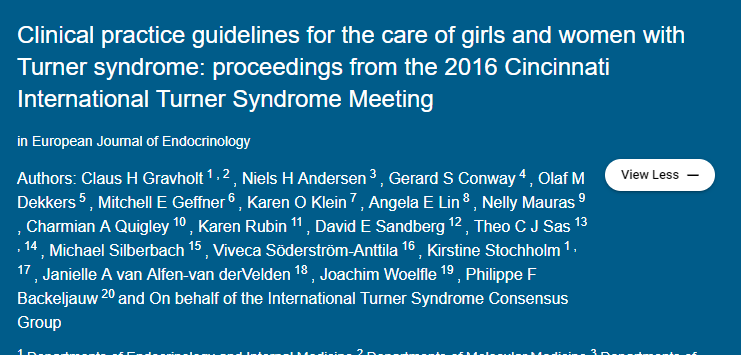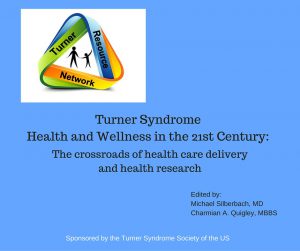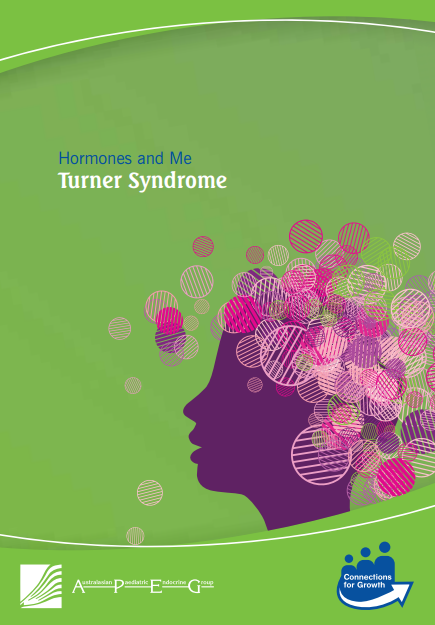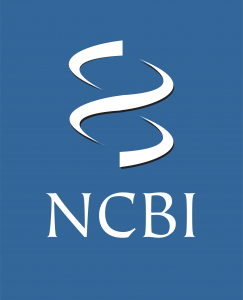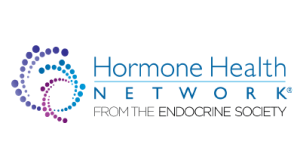About Turner Syndrome
Turner syndrome (TS) is a chromosomal disorder caused by a partially or completely missing X chromosome. This condition affects only females. Most people have 46 chromosomes in each cell—23 from their mother and 23 from their father. The 23rd pair of chromosomes are called the sex chromosomes—X and Y—because they determine whether a person is male or female. Females have two X chromosomes (XX) in most of their cells, and males have one X chromosome and one Y chromosome (XY) in most of their cells. A female with all of her chromosomes is referred to as having a 46,XX karyotype. A male has a 46,XY karyotype.To the best of our knowledge, Turner syndrome cannot be prevented. It is a chromosomal disorder that is caused by a random error that leads to a missing X chromosome very early after conception.
For more information and resources go to RESOURCES FOR INDIVIDUALS and FAMILIES
History of Turner Syndrome
In 1938, an American doctor named Henry Turner described a syndrome in women with short stature and lack of development of secondary sex characteristics. He also noted that neck-webbing, or a skin fold on both sides of the necks, was a common feature. The correlation between Turner syndrome and the X chromosome was not made until 1959. Read more about Dr. Henry Turner HERE.Frequency of Turner Syndrome
A study conducted on 34,910 newborn children in Arhus, Denmark in the 1980’s indicated that the frequency of Turner syndrome is 1 per 2,000 live baby girl births. Read the research abstract HERE. It is estimated that there are over 80,000 girls and women with TS living in the United States.
According to the Eunice Kennedy Shriver National Institute of Child Health and Human Development, Turner syndrome affects all races and regions of the world equally. There are no known environmental risks for Turner syndrome. Parents who have had many unaffected children can still have a child with Turner syndrome later on.




